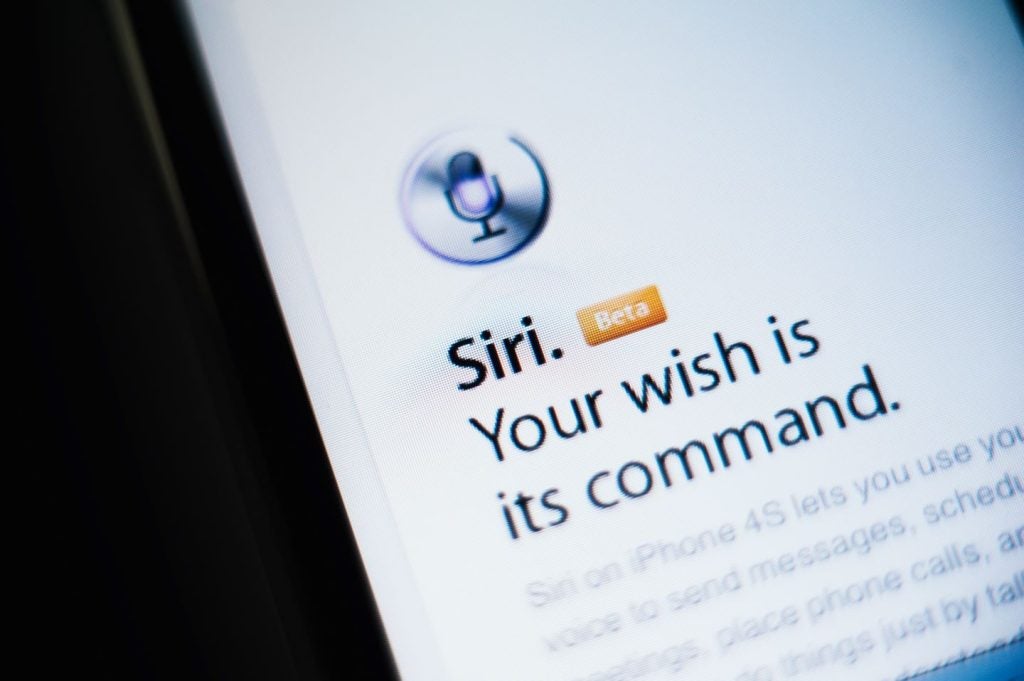
The first smartphones appeared in the market in 2007.
Therefore, it’s important to understand how the generation that never knew a time without them uses cellular technology.
A new study from the non-profit research organization Common Sense Media of Android involved both an online survey of Android users between the ages of 11 and 17 and the installation of a tracking app on their phones for nine days. The research offers some surprising insights into how, and how much, pre-teens and teenagers are using their phones.
The study found the duration of daily smartphone use varied from a few minutes to over 16 hours. Research demonstrated that however brief cell usage was, smartphones were seldom out of reach.
The surveyed checked their phones a median of 51 times a day, with a maximum of 498 times. Younger children (11 and 12) checked their phones less frequently than their older counterparts.
Smartphones and mature content
Teens and younger children are using their smartphones to access mature content. Of the 85 participants under 13, 68% had social media applications installed on their phone. All of them had a least one application rated “teen” or older.
How well do you really know your competitors?
Access the most comprehensive Company Profiles on the market, powered by GlobalData. Save hours of research. Gain competitive edge.

Thank you!
Your download email will arrive shortly
Not ready to buy yet? Download a free sample
We are confident about the unique quality of our Company Profiles. However, we want you to make the most beneficial decision for your business, so we offer a free sample that you can download by submitting the below form
By GlobalDataTikTok was the most popular (47%) followed by SnapChat (31%) and Discord (25%). Some 45% of the total sample was used with mature or adult only ratings including Pornhub, fantasy sports/betting apps and violent games.
All teenage smart phone use isn’t active scrolling. Interviews with smaller focus groups found teenagers often use phones for background music or passive viewing while they do homework or at night as white noise while they sleep.
The survey didn’t delve into privacy issues or security concerns, but it did provide important data that can offer a baseline view into how smartphones are shaping the first generation to grow up with them – and with 43% of children between 8 and 12 and as many as 95% of teens between 13 and 18 smartphone users this analysis will need to be ongoing.
Social media
In addition to insight regarding how and how much youths interact with their phones, the study also provided perspective into interactions with social media platforms. Specifically, social media platforms and other apps flood them with notifications, a median of 237 daily. Nearly a quarter of these notifications came during school hours and five percent were delivered on school nights. Snapchat and Discord sent teens the most notifications on an average day.
If there is good news to be found, Common Sense reported that in discussions with smaller focus groups the teenagers were aware of the ways social media platforms and applications manipulate them to stay engaged for longer periods of time. And subsequently, they are learning how to better manage the notifications.
While the research offers new data points about usage volume and applications children and teens are interacting with, it raises more questions than it answers. How does this use, and in many cases misuse, impact communications skills? What, if any, effect does the use of smartphones and social media platforms have on brain development?
In broader terms, is a society dominated by smartphones and social media platforms losing the ability to form healthy interpersonal relationships?







